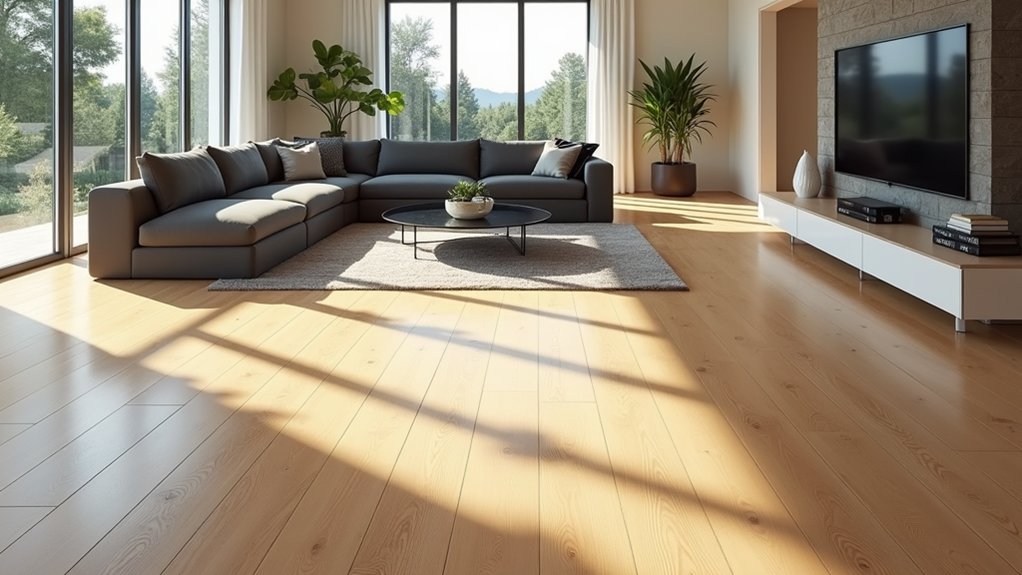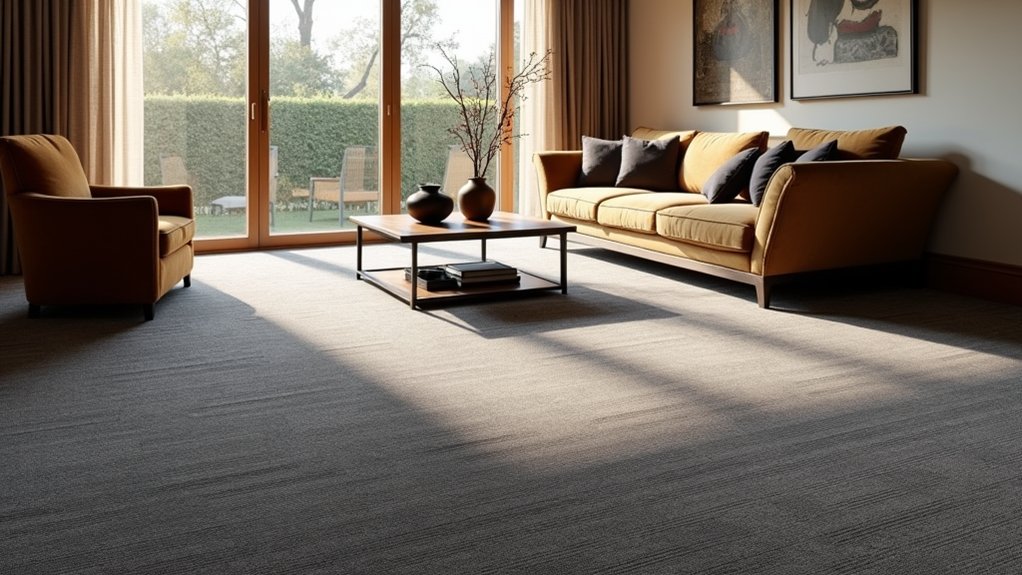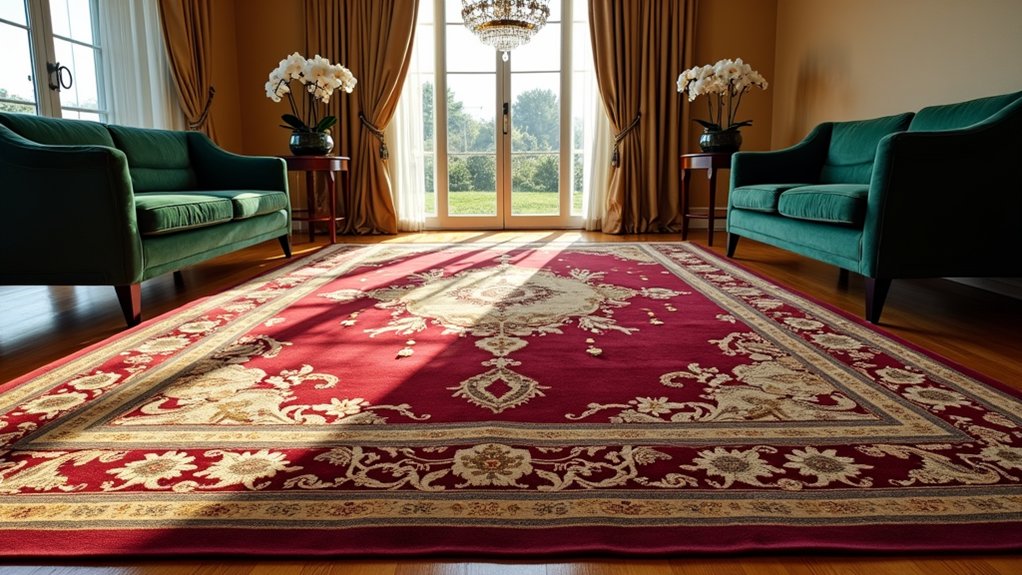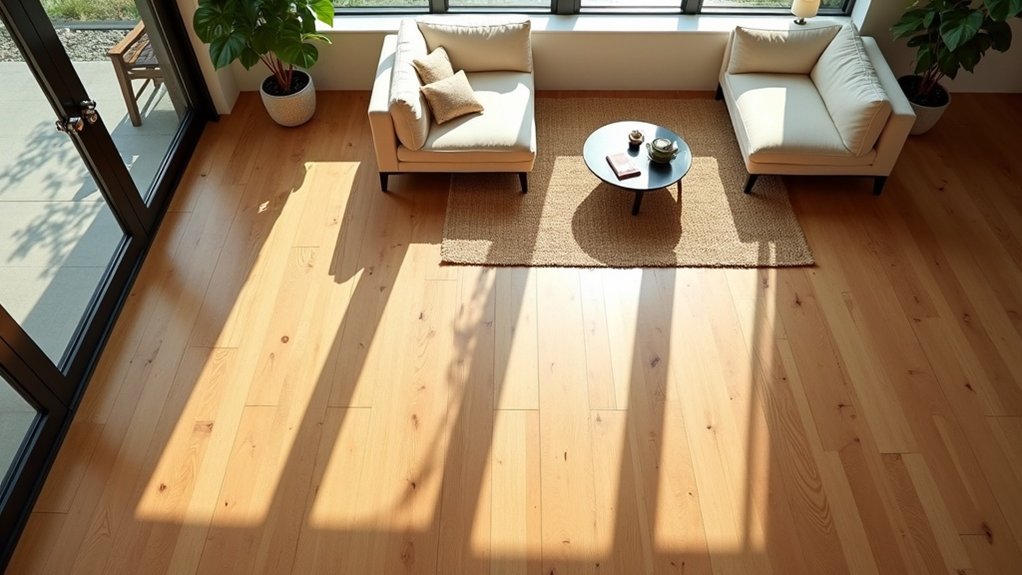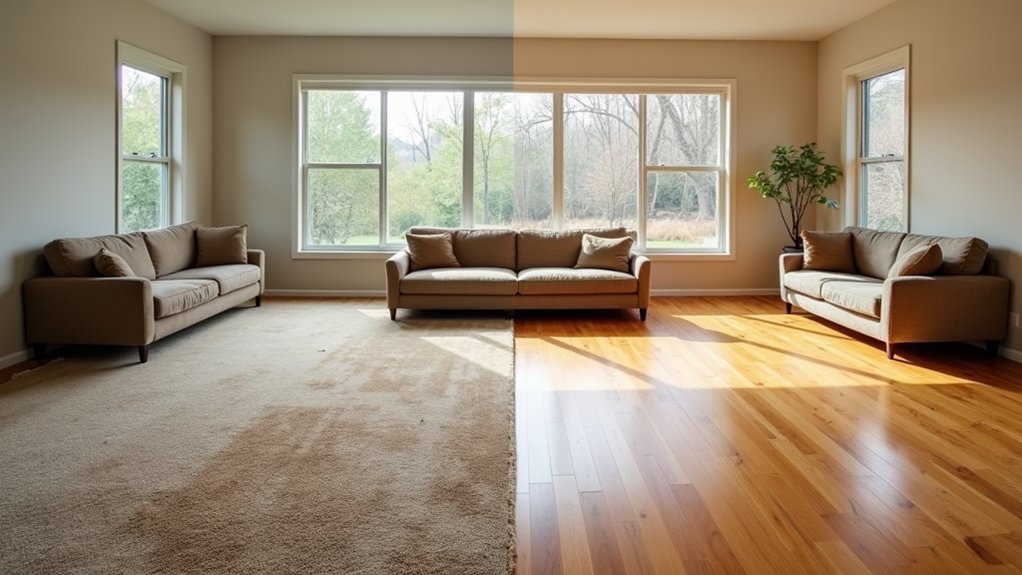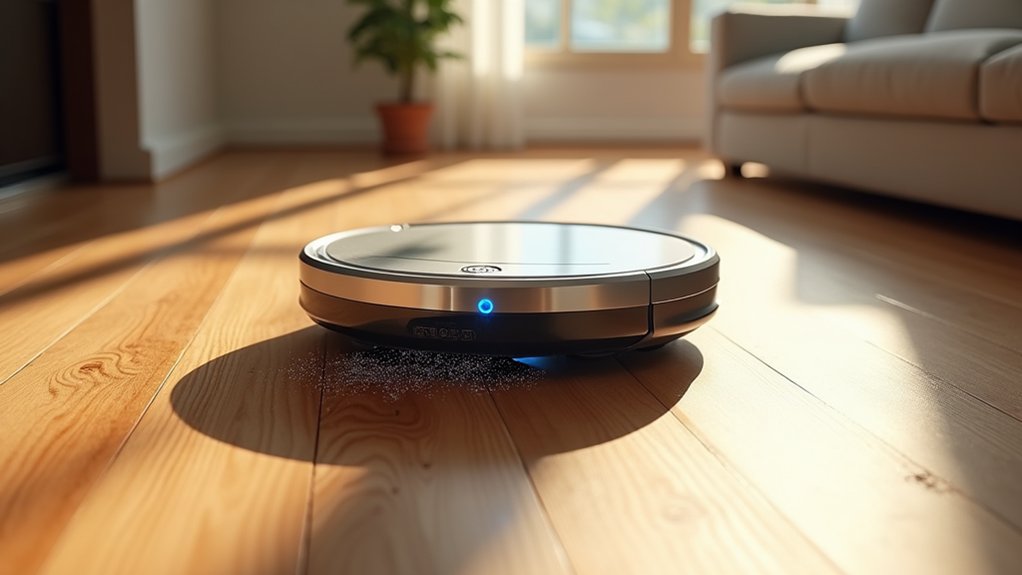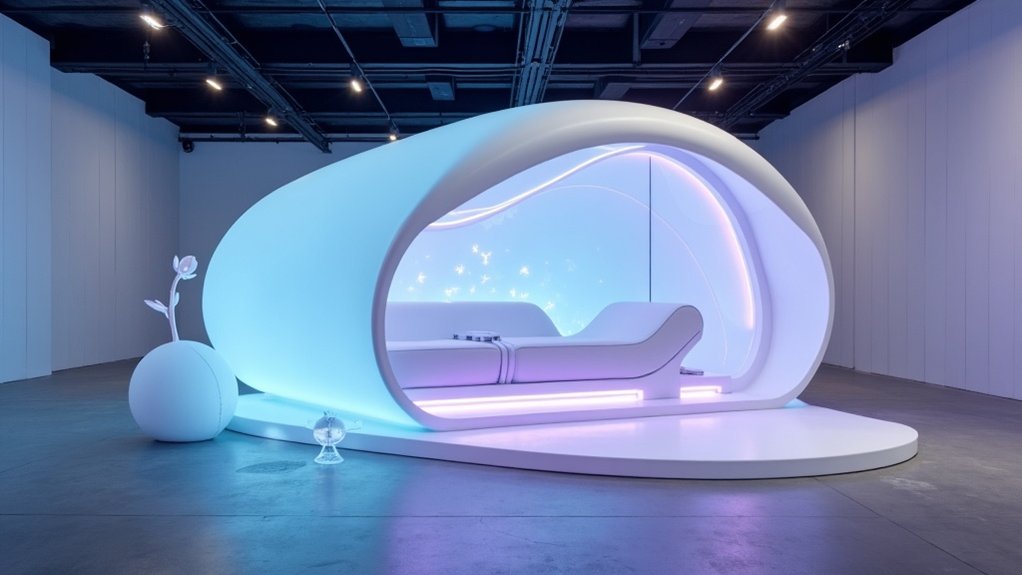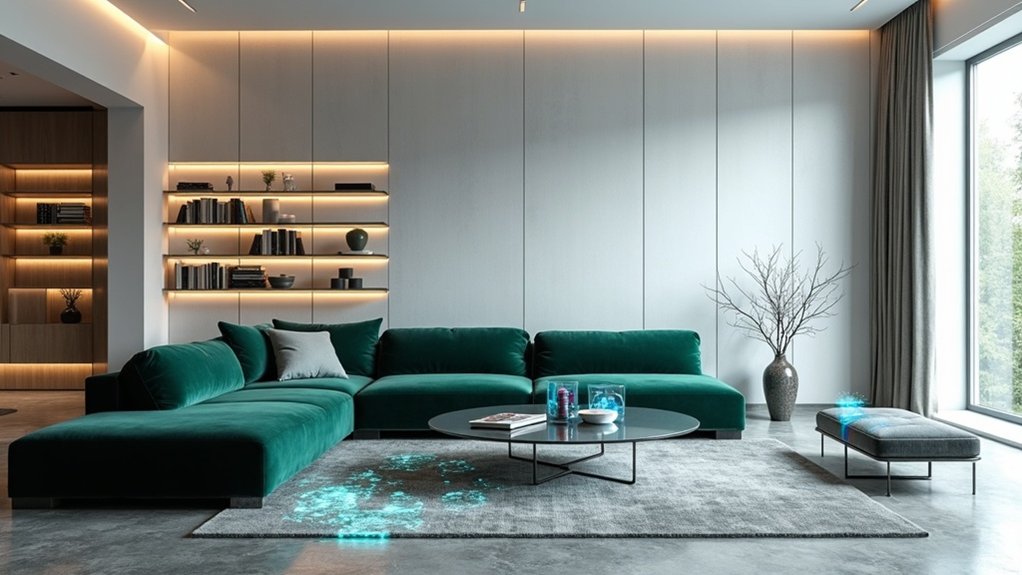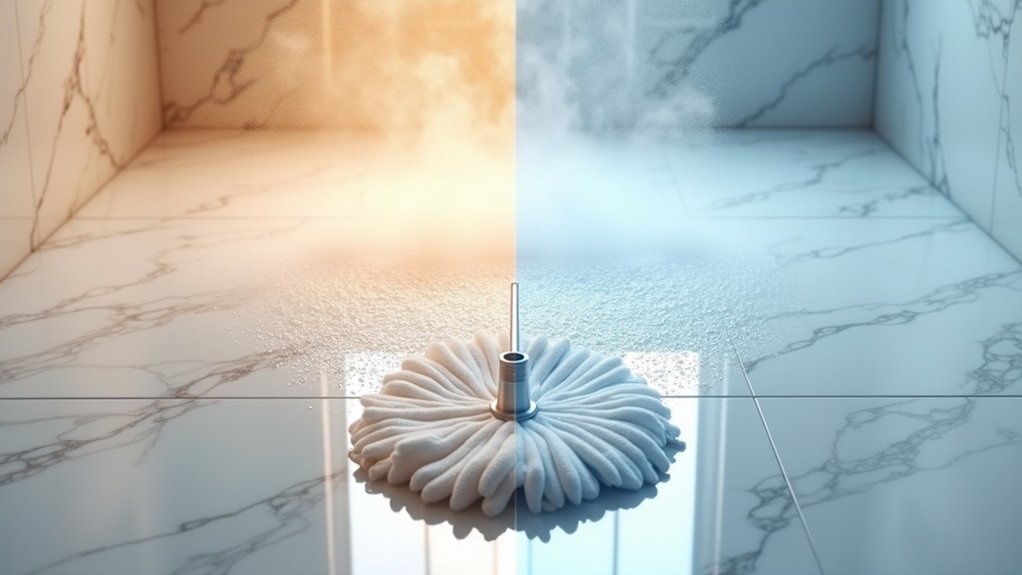The global vinyl flooring industry stands poised for remarkable expansion, with market projections indicating a surge from USD 55.58 billion in 2024 to approximately USD 116.83 billion by 2033, representing a compound annual growth rate of 9.73%. This exceptional trajectory reflects the material’s growing dominance across residential and commercial spaces worldwide, driven by technological innovations and shifting consumer preferences. As part of the broader flooring market valued at USD 450.96 billion in 2024, vinyl’s rapid growth outpaces the overall industry’s projected 4.54% CAGR.
Asia Pacific commands the market with an impressive 52.2% share, propelled by rapid urbanization and infrastructure development in China and India. The region’s construction boom, coupled with increasing disposable incomes, creates fertile ground for vinyl flooring adoption.
Asia Pacific dominates with 52.2% market share, driven by China and India’s rapid urbanization and construction surge.
Meanwhile, North America’s market anticipates steady growth to USD 12.36 billion by 2033, maintaining a 4.26% CAGR as renovation projects and sustainability consciousness drive demand. The United States dominates this regional landscape, capturing 85.30% of North American market share through strategic retail expansions and enhanced product accessibility.
Luxury Vinyl Tiles emerge as the segment leader, projected to reach USD 36.87 billion by 2033 with a 6.87% CAGR. These products combine aesthetic versatility with exceptional durability, attracting homeowners and commercial property managers alike.
Digital printing technology allows manufacturers to replicate natural materials with stunning accuracy, while innovations in core materials like magnesium oxide improve fire resistance and longevity.
The industry’s competitive environment features established players including Karndean Designflooring, Mohawk Industries, and Shaw Industries, alongside emerging local manufacturers targeting affordable housing segments.
Product diversification spans multiple price points, from budget-friendly sheet vinyl at $1-$6 per square foot to premium luxury planks reaching $9 per square foot.
Sustainability initiatives reshape manufacturing processes as companies integrate recycled content and establish take-back programs supporting circular economy principles. Certifications like FloorScore and LEED increasingly influence purchasing decisions, particularly in commercial and institutional spaces.
Healthcare and hospitality sectors particularly favor vinyl flooring for its hygienic properties and maintenance ease. Water and stain resistance make it ideal for high-traffic areas and damp-prone environments like bathrooms and kitchens.
Improved locking systems simplify installation, reducing labor costs and installation time.
This convergence of affordability, durability, and aesthetic appeal positions vinyl flooring as a transformative force in the global flooring industry, promising sustained growth through 2033 and beyond.
